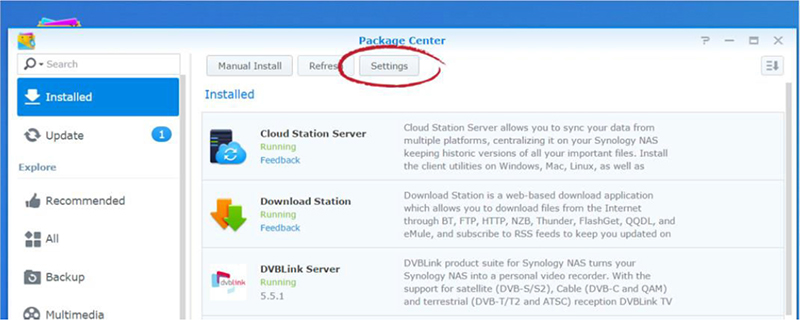

- #CLOUD STATION CLIENT OVER INTERNET CODE#
- #CLOUD STATION CLIENT OVER INTERNET PASSWORD#
- #CLOUD STATION CLIENT OVER INTERNET FREE#
I’d turn off auto-update, but at this point the damage is done. It took me a while to figure out that Control Panel:System:Info showed the version number: DSM 6.0-7321. I didn’t want to bother my NAS, and I didn’t want it to bother me. Next I started using it as a post-server replacement for Apple’s perennially broken network shares. I bought the NAS because Apple’s Time Capsule is broken. Like dealing with the complexity of my Synology NAS. It wasn’t perfect, but it shielded me from a lot of hassles. Somewhere around then we were in the tail end of the Great Recession, Google had turned Evil, and, in retrospect, Apple’s glory days were behind it.
#CLOUD STATION CLIENT OVER INTERNET CODE#
Keep this API Key value to be compatible with the ESP code provided in the project page.Looking back, 2009 was kind of a bad year. Creating a database and userĮdit the newly created file ( esp-post-data.php) and copy the following snippet:
#CLOUD STATION CLIENT OVER INTERNET PASSWORD#
After that, follow the next steps to create your database, username, password and SQL table. Preparing Your MySQL DatabaseĪfter signing up for a hosting account and setting up a domain name, you can login to your cPanel or similar dashboard. This allows you to easily access your ESP readings without relying on a third-party IoT platform. However, the purpose of this tutorial is to publish readings in your own domain name that you can access from anywhere in the world. Note: you can also run a LAMP (Linux, Apache, MySQL, PHP) server on a Raspberry Pi to access data in your local network. If you like our projects, you might consider signing up to one of the recommended hosting services, because you’ll be supporting our work. This is what makes this project interesting: you’ll be able to go your domain name () and see your ESP readings. When buying a hosting account, you’ll also have to purchase a domain name. Get Hosting and Domain Name with Bluehost » If you don’t have a hosting account, I recommend signing up for Bluehost.

Any hosting service that offers PHP and MySQL will work with this tutorial. Those two services are the ones that I use and personally recommend, but you can use any other hosting service. I only recommended this option for advanced users. Digital Ocean : Linux server that you manage through a command line.I recommend choosing the unlimited websites option
#CLOUD STATION CLIENT OVER INTERNET FREE#
Bluehost (user-friendly with cPanel): free domain name when you sign up for the 3-year plan.I recommend using one of the following hosting services that can handle all the project requirements: Finally, you can visualize the readings from anywhere in the world by accessing your own domain name.Then, another php script will display the web page with the gauges, table and all the other information.In your server, there’s a php script that allows you to store your readings in a MySQL database.For this, you have your board connected to your router You have an ESP32 or ESP8266 that sends sensor readings to your own server.Here’s a high level overview on how the projects works: You can visualize the readings from anywhere in the world by accessing your own server domain. The goal of this project is to have your own domain name and hosting account that allows you to store sensor readings from the ESP32 or ESP8266. Hosting Your PHP Application and MySQL Database Arduino Sketch for ESP32/ESP8266: ESP_HTTP_POST_MySQL.inoġ.Display your sensor readings: esp-weather-station.php.CSS file to style your web page: esp-style.css.Handle HTTP Post requests: esp-post-data.php.Insert and access database readings: esp-database.php.SQL query to create your table: SensorData_Table.sql.To see how the project works, you can watch the following video demonstration:įor this project, you’ll need these files: PHP script to insert data into MySQL and display it on a web page.ESP32 or ESP8266 programmed with Arduino IDE.To build this project, you’ll use these technologies: You can also visualize all the latest readings on a table and you can select how many readings you want to show. I’ve added two gauges to display the latest temperature and humidity readings as well as some statistics about the minimum, maximum and average readings from an amount of readings that you can define. Now, I’ve decided to take a few steps further and add some more information to the web page. Previously, we’ve stored sensor readings to a database and display them on a table or charts that you can access from anywhere using your own server.


 0 kommentar(er)
0 kommentar(er)
